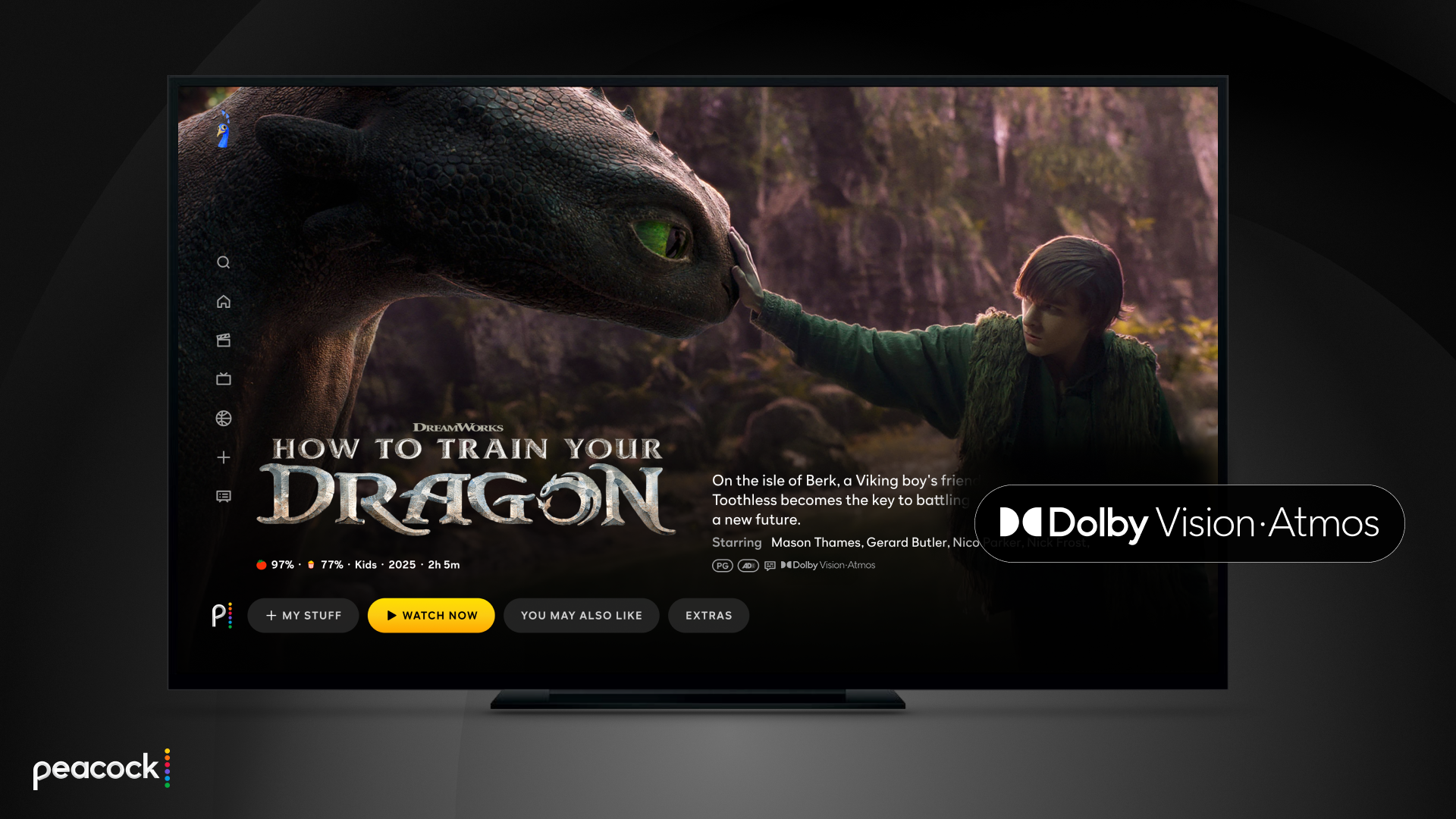I’m swapping my Sony wireless headphones for a wired pair from Beyerdynamic - here’s why
It's time to sacrifice some convenience for extra quality
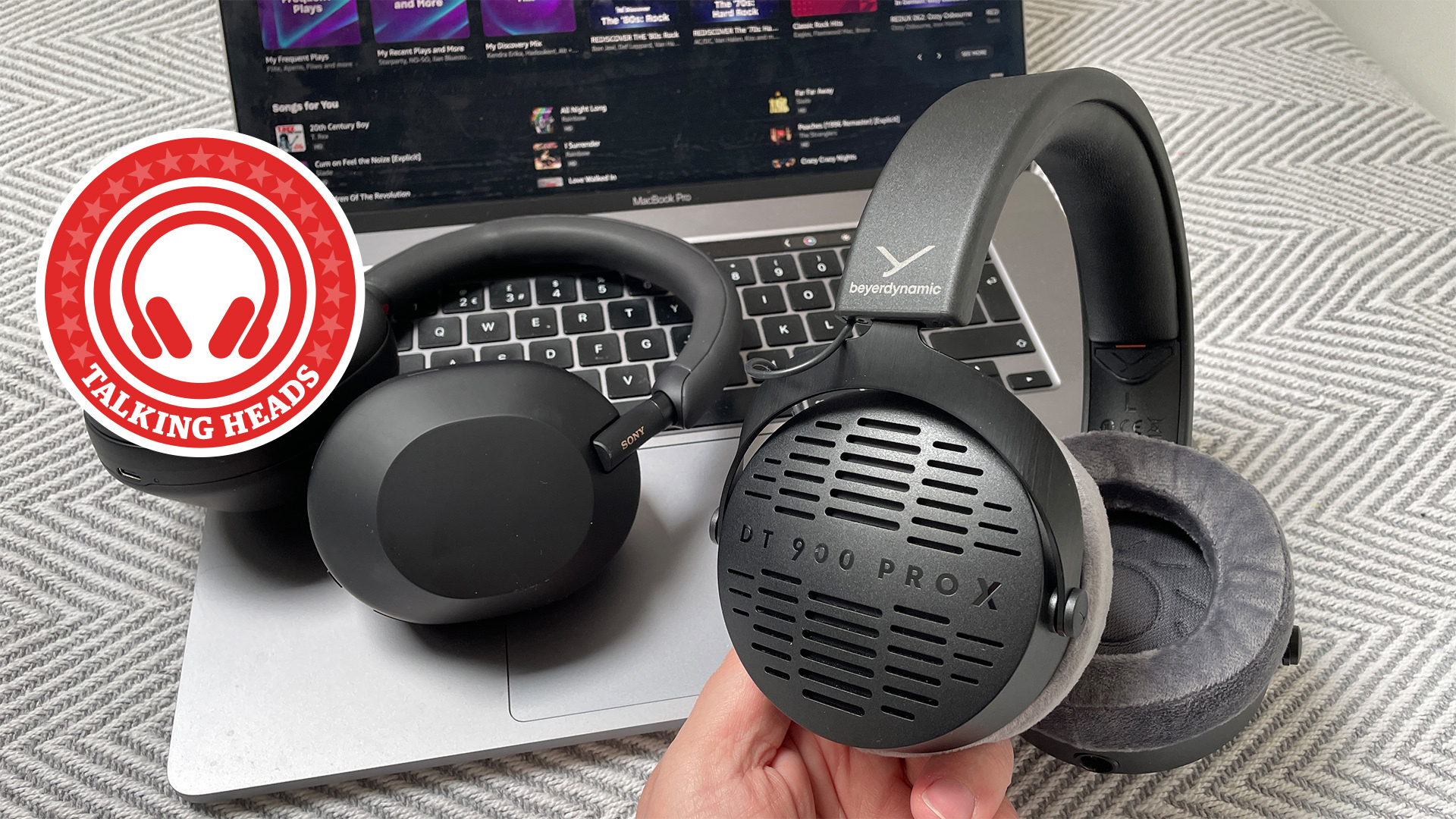
It’s easy to overthink things in the world of hi-fi. When you’re surrounded by products on a daily basis and you’ve spent hundreds of hours in test rooms over the years, you sometimes find yourself looking for complicated answers to problems that aren’t really there. Take my recent adventures in the world of headphones.
I spend a lot of time in the company of some of the best wireless headphones on the planet. In particular, I’ve been using the Sony WH-1000XM5 a lot recently. Partly because I’ve been away on holiday and wanted quality and convenience, and partly because I use them in the office to cut out background chatter.
But I’ve been looking to mix things up recently…
Less convenience, more quality
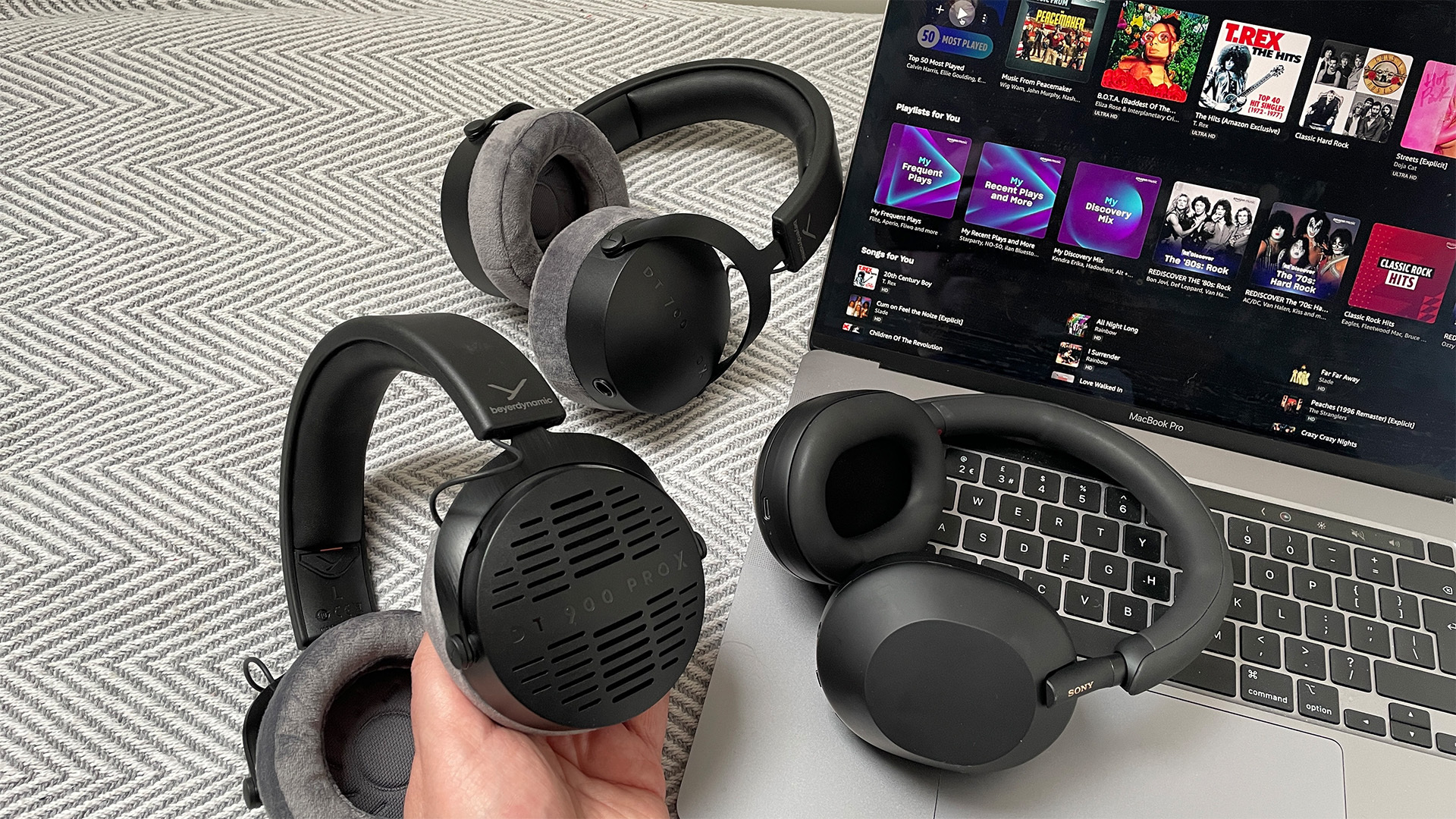
I’m willing to sacrifice a bit more convenience in the search of extra quality. Not that the Sonys aren’t great at what they do - they’re arguably the best wireless headphones you can buy right now at their particular price point. But when I’m at home, I don’t really need wireless. I don’t need powerful noise-cancelling because I’m not having to combat train noise, roadworks noise and the other bits of daily life you’d rather mute. I also listen to a decent amount of hi-res music too, something that wireless headphones can’t really handle properly. Wired headphones aren’t limited in the same way.
And, you have to appreciate that being masters of wireless audio also comes with a degree of compromise. When pricing and speccing the headphones, some of Sony’s budget has to go on internal components that carry out Bluetooth, noise-cancelling and help with other features that you don’t have to worry about with a traditional wired pair.
Wireless antennae, ANC (active noise cancelling) circuits, microphones, Bluetooth receivers, amps and DACs are nowhere to be found on a pair of traditional wired over-ear headphones. Manufacturers only have to concentrate on the mechanical workings which means they can really focus all their spending on using the best music-playing components possible. This is a big advantage when you’re looking for the best sound possible.
This is why, in real terms, wired headphones can offer outrageous value for money when you compare the cost of a good pair to the amount you’d need to invest in a proper hi-fi system with separates. As I’ve reminded myself recently, all you need is a source that’s capable enough to drive them and you can get some truly breathtaking results.
The latest hi-fi, home cinema and tech news, reviews, buying advice and deals, direct to your inbox.
Close-backed or open-backed?
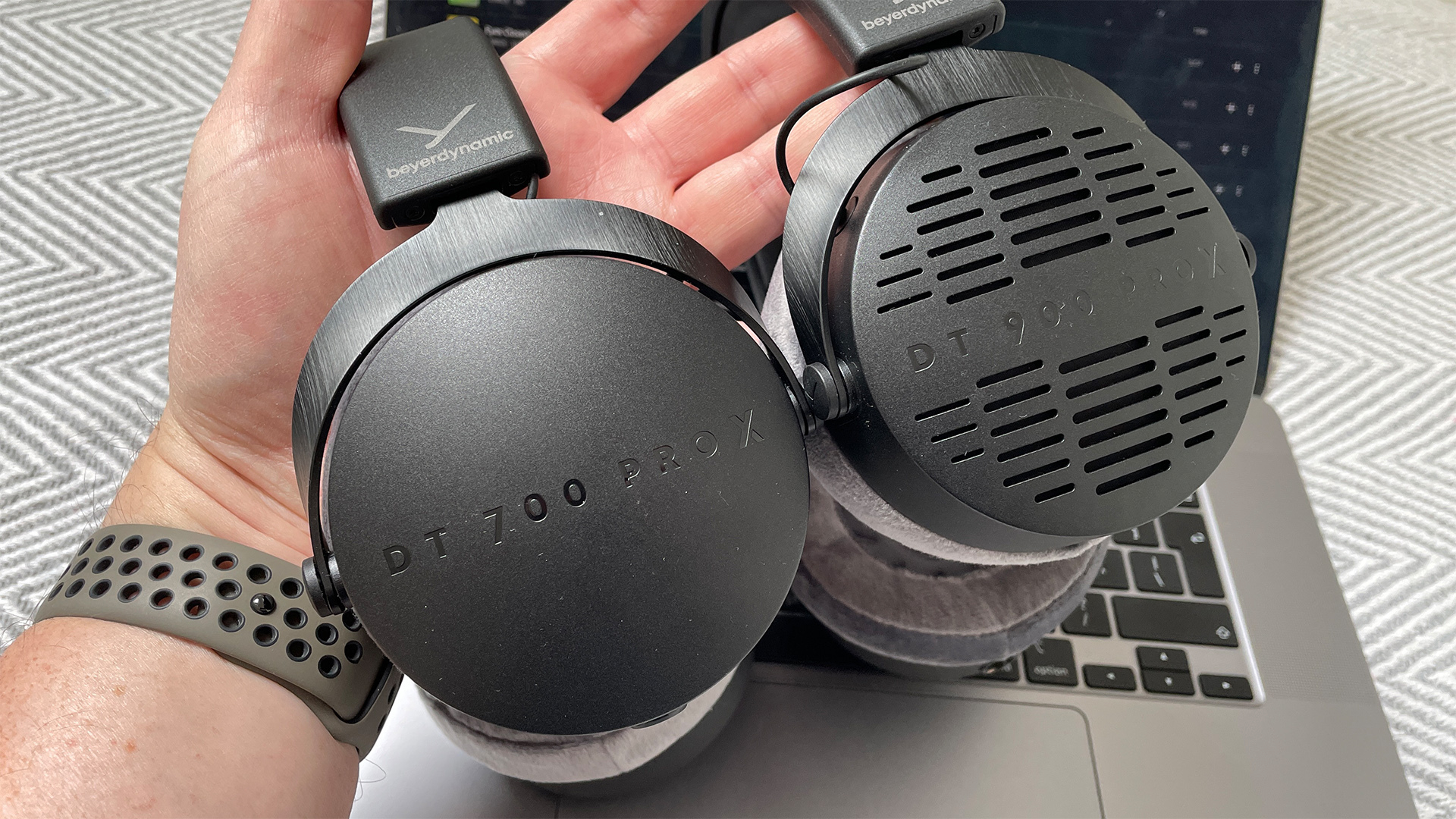
So, what are the headphones I’m taking for a spin? Well, I’ve been trying not one but two options from the same stable. In fact, the only thing separating them is a single element of their design.
I’ve been pitting the Beyerdynamic DT 700 Pro X against their DT 900 Pro X siblings. The main difference between the two is the fact the 900 are open-back, while the 700 are a closed-back design. You’ve got practical matters to think about here.
The 900 leak more sound, but their presentation is more spacious, with voices a particular highlight. The 700 sound a little more solid in the bass but you do miss that extra level of openness. I’ve learned there’s no right or wrong answer (I’ve actually settled on the 900 for now) but I’ve also learned that you don’t need to plug them into a headphone amp/DAC to get hours of musical enjoyment.
I plug them straight into my laptop (in this case a MacBook Pro) - no worrying about sample rates, no checking over my MacBook’s MIDI settings. They really are just plug-and-play. And they sound fantastic.
Sensational value
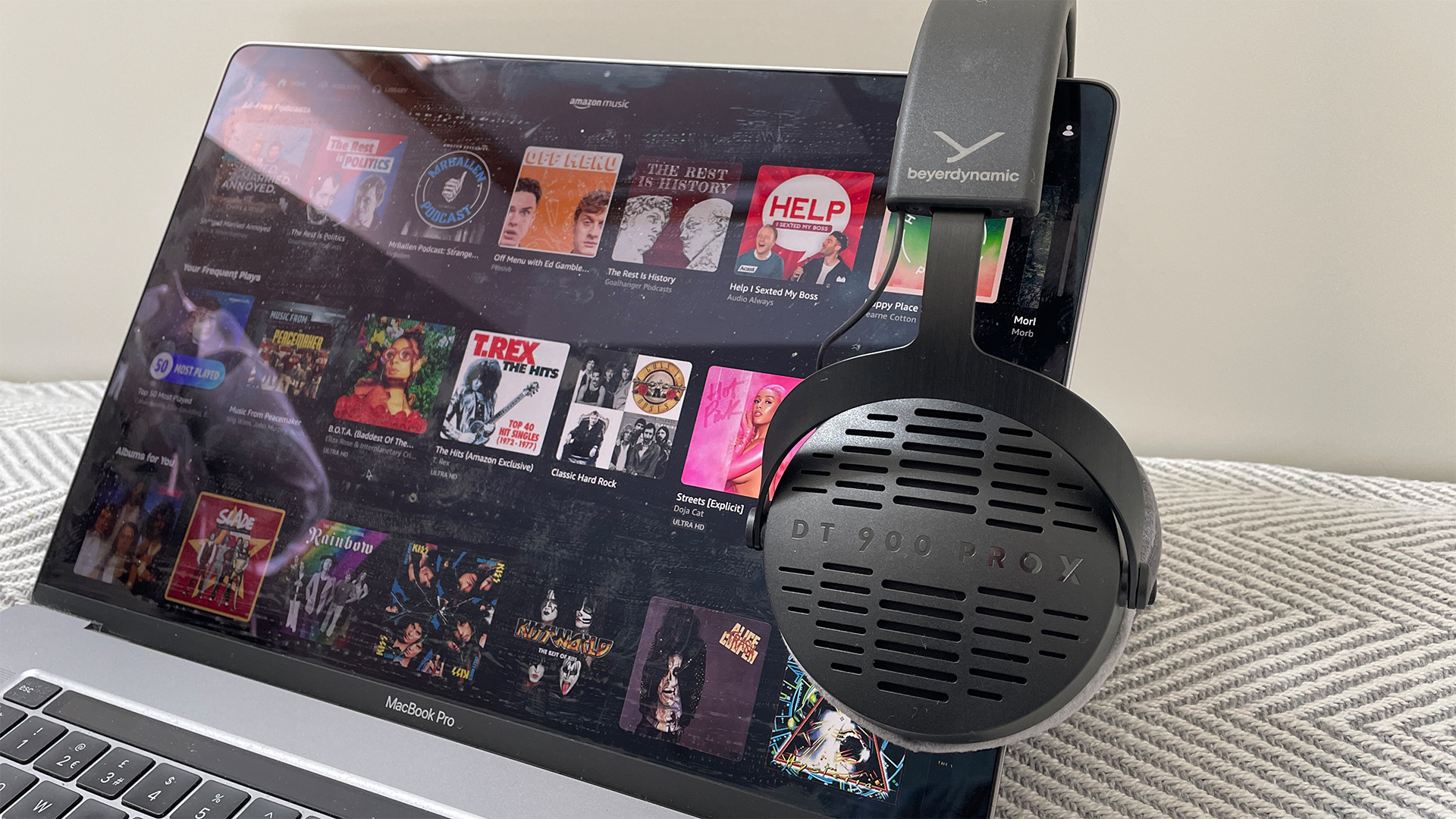
They’re both billed as ‘premium studio headphones’ and while detail-hungry audiophiles will be impressed by the level of resolution on offer, listeners who just want their headphones to entertain won’t be disappointed either.
The Beyers are also supremely comfortable, with soft padding that gives them a slipper-esque comfy feel when they’re on your head. Long listening sessions are dispatched with ease, which is just what I want when I’m settling in for a writing marathon. They’re also very easy to drive so you don’t need to fear going down the plug’n’play route as I have - they partner effortlessly with my MacBook Pro.
Sure you could spend thousands on high-end audiophile headphones or a new hi-fi system but you’ll be amazed at what wired headphones can deliver for the price of an Award-winning wireless pair.
MORE:
Sony WH-1000XM6: expected release date and price, 6 features on our wishlist
Our pick of the best audiophile headphones
11 of the best tracks to test your headphones
Save big with the best headphones deals
Andy is Deputy Editor of What Hi-Fi? and a consumer electronics journalist with nearly 20 years of experience writing news, reviews and features. Over the years he's also contributed to a number of other outlets, including The Sunday Times, the BBC, Stuff, and BA High Life Magazine. Premium wireless earbuds are his passion but he's also keen on car tech and in-car audio systems and can often be found cruising the countryside testing the latest set-ups. In his spare time Andy is a keen golfer and gamer.

